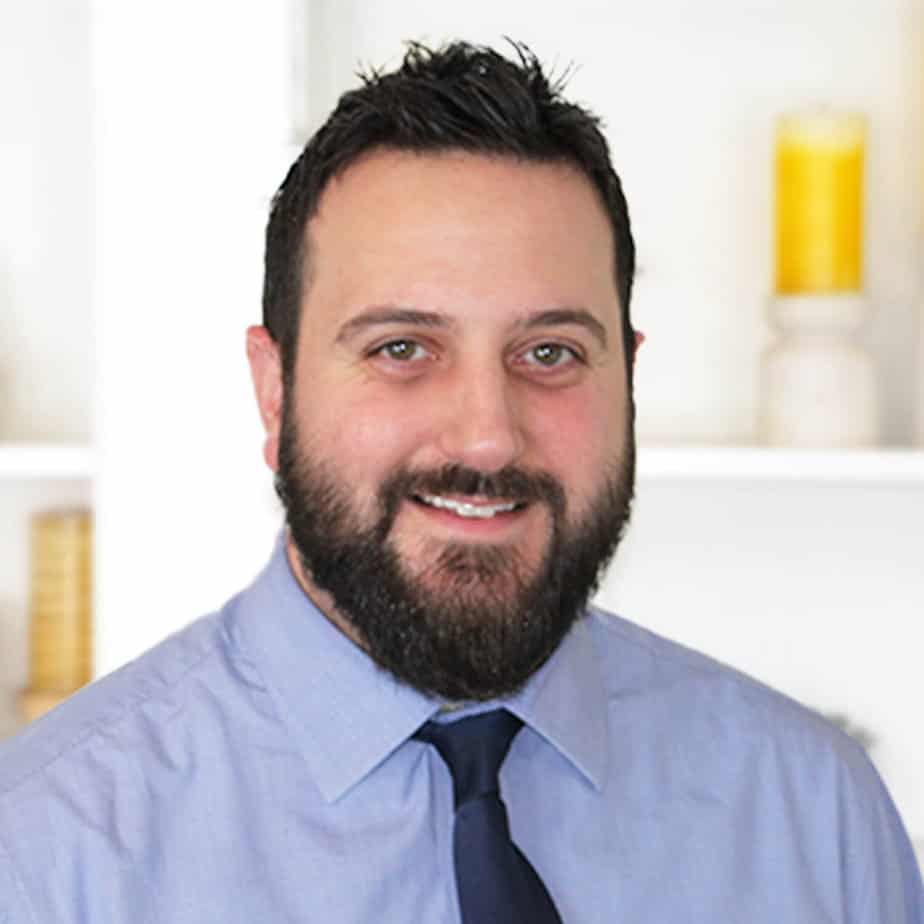Trauma can hold back many undergoing addiction treatment from truly progressing in their recovery. For them, Eye Movement Desensitization and Reprocessing (EMDR) therapy can be a powerful tool. In this short video, Anthony Nave, Outpatient Services clinician at Mountainside, discusses what EMDR is and the role it plays in addiction treatment.
Transcript
EMDR is a tool or a method that we can use to treat trauma, but it’s one step out of a multi-step process. Think of trauma recovery as a three-stage process. The first stage is safety, the second is remembrance and mourning, which is what EMDR is used for, and then the third is reconnection.
Stage one in trauma recovery is probably the most important because some people may never get to stage two; stage one is enough. Stage one is learning the coping skills to deal with the stress that can come from PTSD symptoms, and also just being aware that you have PTSD symptoms. Having that awareness is a comfort and knowing you have the tools to be able to deal with that type of stress or distress is another big comfort. It is also empowering to know you have that in your toolbox. Another part of stage one is building a support network because the best coping skill is having healthy, positive connections to be there with you when you’re going through those experiences.
EMDR gets introduced in stage two, called remembrance and mourning, which is sharing your story and having someone witness it. Whether it is members in a group or a therapist witnessing your story, the goal is to help you bring that story to the forefront and be able to process it, so you do not continue to relive it. EMDR is one of the ways we can help do that.
A lot of people think EMDR is the back and forth movement of the eyes, but that’s just one part of it. The bilateral stimulation or movement replicates rapid eye movement during your sleep. The theory behind it is that it will massage those memories that are stuck in the old part of your brain, which only senses images or feelings. This part of the brain is responsible for PTSD that randomly comes up during the day, whether it’s anxiety, mood swings, freezes, nightmares, or flashbacks. The goal is for EMDR to help push those memories forward to the cortex, or the part of the brain that files these memories away, takes what it needs, gets rid of what it doesn’t need, and lets your brain settle on “Okay, this happened. We know what to take from it and we can move on.” So, EMDR is not going to take away the trauma or the memories. As I always say with clients, it’s just going to help you look at it as a rerun and not as if you’re seeing the movie for the first time. When you see a movie for the first time, you don’t know what’s coming, and you’re stuck in that anxiety of “What’s happening? What emotions am I feeling? What am I seeing?” Whereas with a rerun, you know what’s coming. You know what’s happened to you, you know where you are, and you know you’re moving forward. That’s the goal. It’s not going to take the memories away—they’re still going to be sad—but you are going to be able to go about your day much better.
EMDR has been proven effective. It’s research-based and evidence-based. A lot of clients are often more comfortable with EMDR than, perhaps, prolonged exposure therapy because you don’t necessarily have to share every single detail of your story when you’re going through EMDR. You can think it, but you don’t always have to share it. But being able to share how you’re feeling, how you’re reacting, and the new images that are coming up is enough for the EMDR process. For people that don’t necessarily want to dive in and share every single detail, comb over it, and have the homework that you get in prolonged exposure therapy which people often think is anxiety-provoking, EMDR is another alternative that you can use. It ends at the client’s pace, puts them in control, and might be less intimidating, so it’s a very helpful method for those who are not excited to share their story.
If you or a loved one is struggling with addiction, Mountainside can help.
Click here or call (888) 833-4676 to speak with one of our addiction treatment experts.

 By
By 





